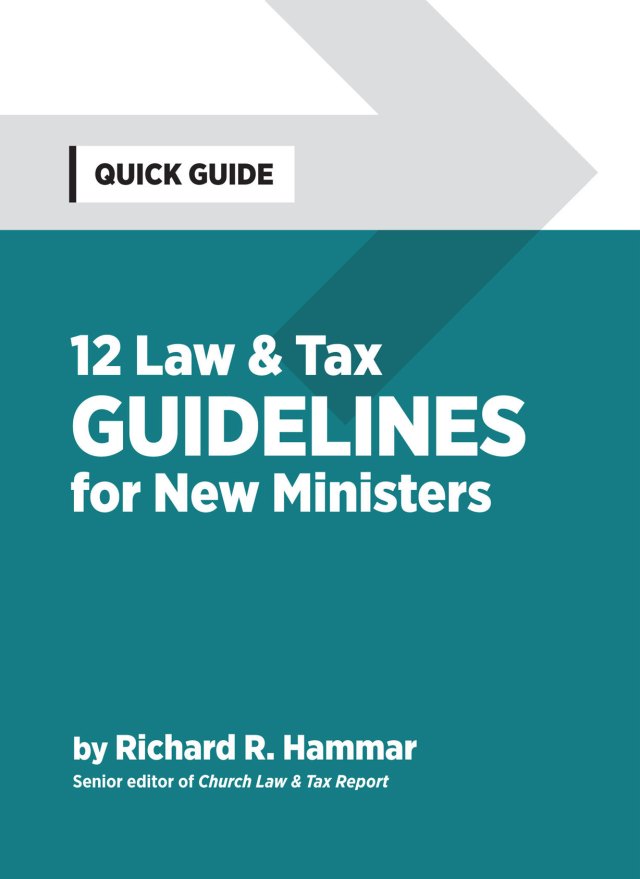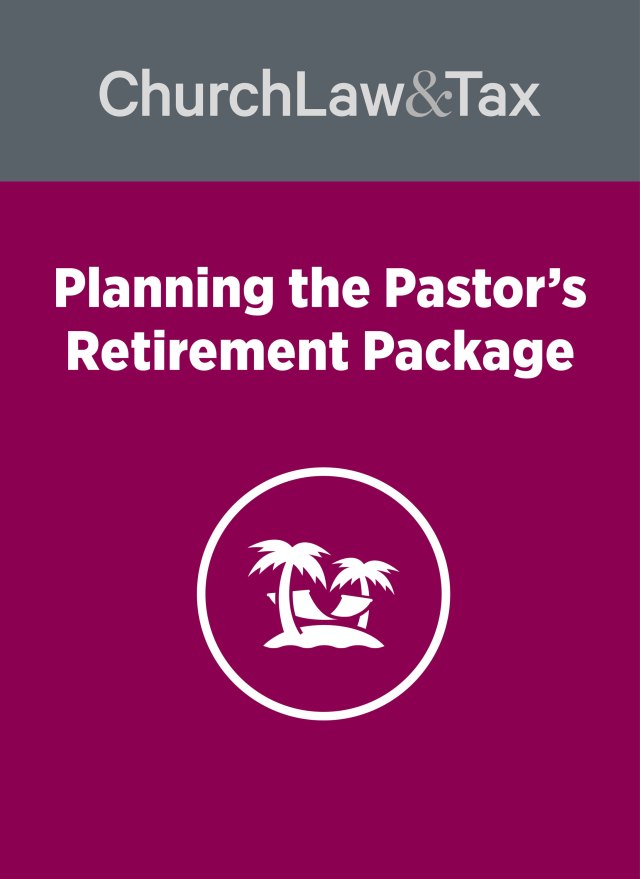• Clergy earning more than $51,300 annually will pay significantly higher social security taxes in 1990 than in prior years. Here’s why. The self-employment tax rate increased from 13.02% in 1989 to 15.3% in 1990 (i.e., self-employed persons now pay the combined FICA tax), but clergy and other persons deemed self-employed for social security purposes are permitted a deduction in computing their self-employment and income taxes. In computing their self-employment tax liability (on Schedule SE), clergy are now allowed a “deduction” in the amount of half the self-employment tax rate (7.65%) multiplied times their net earnings from self-employment. In addition, they may claim half of their actual self-employment tax as a deduction in computing their income taxes (whether or not they itemize). These deductions were designed to achieve “parity” between employees and self-employed persons for social security purposes. The idea is this—employees do not pay income tax or FICA tax on the employer’s share of FICA taxes (7.65% in 1990), and accordingly self-employed persons are allowed a deduction of half their self-employment tax in computing their income taxes and self-employment taxes. However, since the maximum compensation that is taxable for social security purposes in 1990 is $51,300, clergy earning more than this amount will receive only a partial deduction if they earn more than $51,300, and no deduction at all in computing self-employment taxes if they earn more than $55,550. Let’s illustrate this with a few examples. Assume that Rev. Green has net self-employment earnings of $50,000 in 1990. His self-employment tax deduction of $3,825 ($50,000 x 7.65%) reduces his taxable self-employment income to $46,175. He has received the full benefit of the self-employment tax deduction. Now, assume that Rev. Green earned $53,000. His self-employment deduction in this case is $4,055 ($53,000 x 7.65%). But, since no income over $51,300 is taxable for self-employment tax purposes in 1990, the first $1,700 ($53,000 – $51,300) of the deduction is useless since it is reducing nontaxable income. Rev. Green ends up with a real deduction of only $2,355—the amount by which his computed deduction of $4,055 reduces his income below the maximum taxable earnings of $51,300. Finally, let’s assume that Rev. Green earns $55,550 in 1990. His self-employment deduction in this case is $4,250 ($55,550 x 7.65%). However, since this deduction reduces Rev. Green’s income to $51,300 (the maximum taxable amount), he receives no benefit whatever from the “deduction.” The same will be true for any minister earning more than $55,550—they will receive no deduction in computing their self-employment tax liability. They are still eligible for the income tax deduction, however. In summary, those earning $51,300 or less in 1990 will receive the full benefit of both the self-employment tax and income tax deductions; those earning more than $51,300 but less than $55,550 will receive a “partial” deduction for self-employment tax purposes and a full income tax deduction; and those earning $55,550 or more will receive no self-employment tax deduction but will receive the full income tax deduction. The “parity” that is supposed to exist between self-employed persons and employees begins to fade when self-employed persons earn more then $51,300 (in 1990).
© Copyright 1990, 1998 by Church Law & Tax Report. All rights reserved. This publication is designed to provide accurate and authoritative information in regard to the subject matter covered. It is provided with the understanding that the publisher is not engaged in rendering legal, accounting, or other professional service. If legal advice or other expert assistance is required, the services of a competent professional person should be sought. Church Law & Tax Report, PO Box 1098, Matthews, NC 28106. Reference Code: m68 c0390


